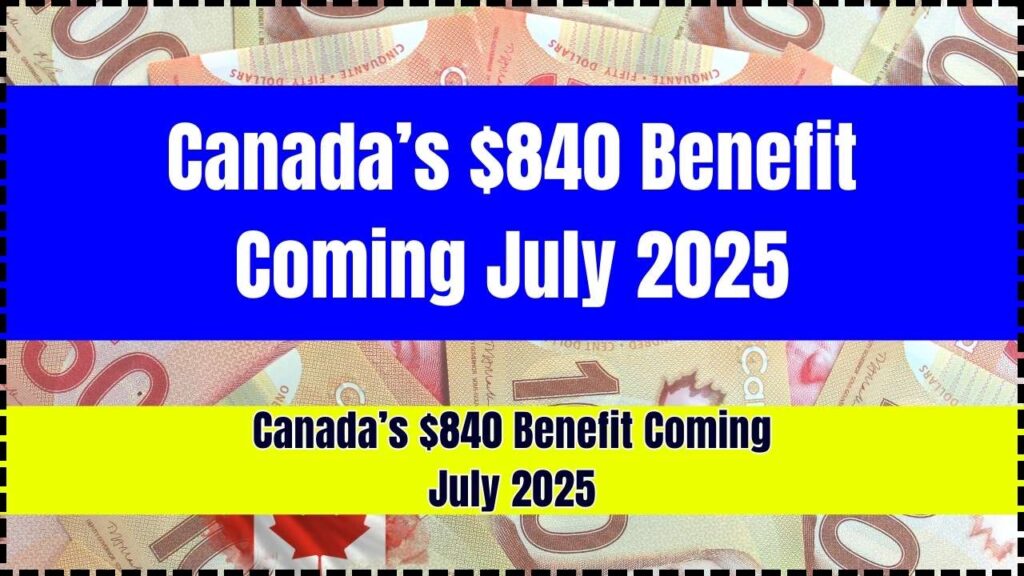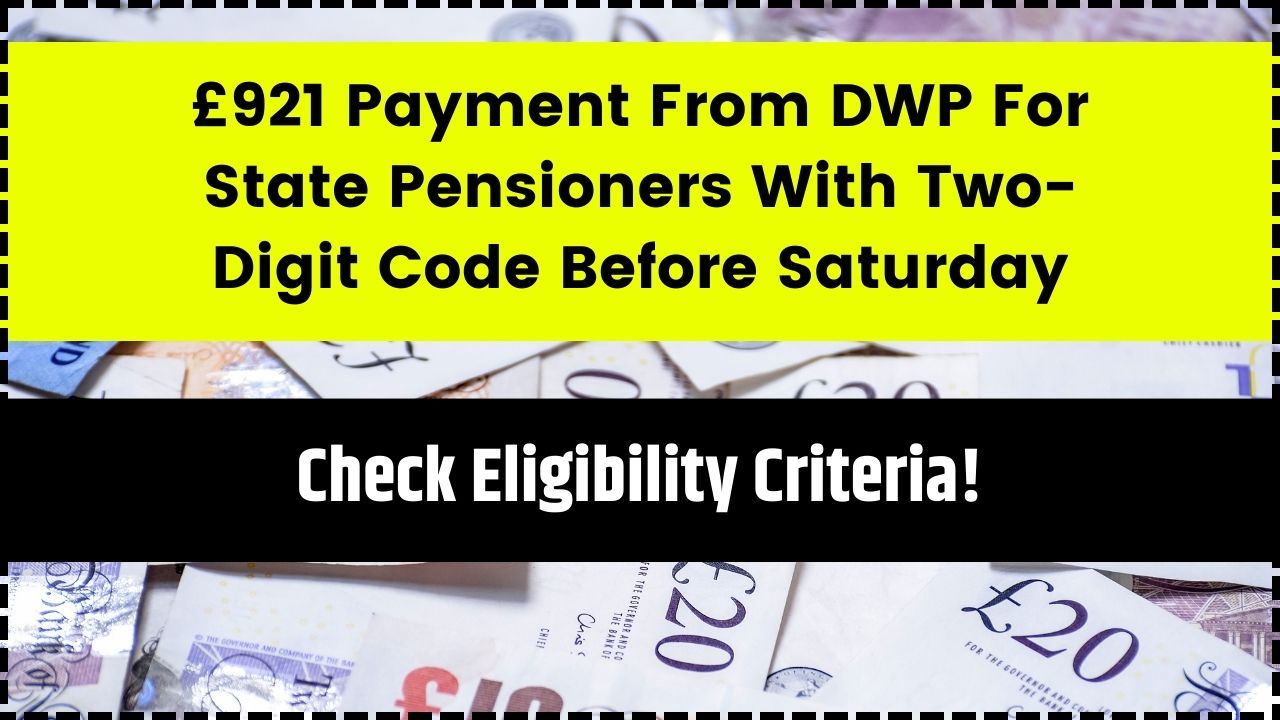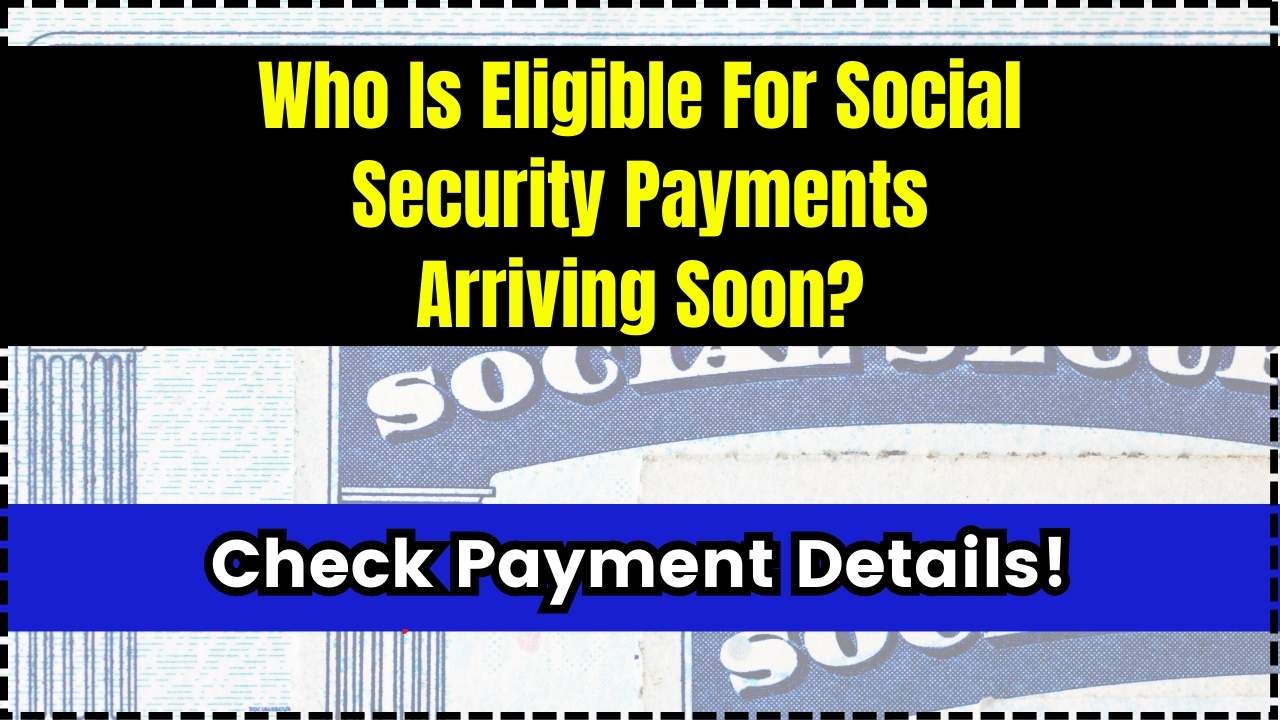Canada’s $840 Benefit Coming July 2025: Canada’s $840 benefit coming in July 2025 is making headlines—and for good reason. This initiative isn’t just a government promise; it’s real money designed to support hardworking Canadians during a time when every dollar counts. If you’ve been juggling bills, managing rising grocery costs, or simply trying to keep your savings from shrinking, this financial relief is worth paying attention to. The new benefit includes an enhanced Canada Workers Benefit (CWB) and a Middle-Class Tax Cut. Together, these programs could put up to $840 or more per year back in your wallet—automatically, if you qualify. So let’s break this down: who gets it, how to get it, and what it means for you and your family.
Canada’s $840 Benefit Coming July 2025
Whether you’re living paycheck to paycheck, building your first savings account, or just looking to make smarter financial choices—Canada’s $840 benefit coming in July 2025 offers meaningful support. From increased tax savings to timely advance payments through the CWB, this is a chance to breathe a little easier. The key? Stay informed, file your taxes on time, and keep your CRA account updated. Don’t leave free money on the table.

| Feature | Details |
|---|---|
| Program | Canada Workers Benefit (CWB) & Middle-Class Tax Cut |
| Effective Date | CWB: July 12, 2025 Tax Cut: July 1, 2025 |
| Maximum Annual Benefit | Up to $840 in tax savings for eligible middle-income Canadians |
| Advance CWB Payments | January, May, and July installments |
| Disability Supplement | Up to $821 for qualified individuals |
| Income Threshold (Single) | Below $36,749 for full CWB eligibility |
| Income Threshold (Family) | Below $48,093 for full CWB eligibility |
| Application Needed? | No – determined automatically through tax return |
| More Info | Visit CRA Official Website |
What Is the Canada Workers Benefit (CWB)?
The Canada Workers Benefit is a refundable tax credit for low-income workers, designed to make work pay more. Originally launched as the Working Income Tax Benefit (WITB), it was rebranded and expanded in 2019.
For 2025, the CWB has been beefed up to include larger payments and advance installments. That means you won’t have to wait until tax time to receive the money. Instead, up to 50% of your benefit will be paid in three installments: in January, May, and July.
Who Qualifies for the CWB?
To receive the CWB in 2025, you must:
- Be at least 19 years old or live with a spouse, common-law partner, or child.
- Have earned income from employment or self-employment.
- File a 2024 income tax return.
- Have net income below the thresholds:
- $36,749 for single individuals.
- $48,093 for families.
The exact amount you receive is based on your income and marital/family status. If you’re eligible for the Disability Tax Credit, you could receive an extra $821 annually.
The Middle-Class Tax Cut Explained
The second part of this new financial relief is the Middle-Class Tax Cut. Starting July 1, 2025, the federal government will reduce the lowest personal income tax rate from 15% to 14%.
What Does That Mean?
Lower taxes mean more take-home pay. You won’t need to fill out any special forms—your employer will automatically reduce tax withholdings on your paychecks. If you earn below $114,750 annually, you’ll benefit.
Those earning below $57,375 annually will receive the maximum annual benefit of up to $840. That’s real money that could go toward:
- Reducing credit card debt
- Starting an emergency fund
- Investing in education or retirement
- Paying for day-to-day living expenses
Step-by-Step: How to Make Sure You Receive the Canada’s $840 Benefit Coming July 2025
Here’s a simple guide to ensure you get your full share:
Step 1: File Your Taxes
The CWB and tax cut both rely on information from your 2024 tax return. Make sure you file on time, ideally before the deadline on April 30, 2025.
Step 2: Enroll in Direct Deposit
Go to your CRA My Account and set up direct deposit. This ensures you receive payments fast and securely, without waiting for a cheque.
Step 3: Keep Your Info Up to Date
If you change jobs, move, or open a new bank account, make sure to update that info in your CRA profile. This prevents delays or missed payments.
Real-Life Examples
Example 1: Single Worker Earning $30,000
- Eligible for full CWB: ~$1,300/year
- Middle-Class Tax Cut benefit: ~$500/year
- Total benefit: ~$1,800/year
Example 2: Family of Four with $45,000 Household Income
- Eligible for full CWB family amount: ~$2,800/year
- One working adult benefits from tax cut: ~$400/year
- Total benefit: ~$3,200/year
Impacts on the Economy and Communities
While these benefits may seem small in isolation, they add up when spread across millions of households. According to the Parliamentary Budget Officer, increasing disposable income among low- and middle-income Canadians:
- Stimulates local economies (grocery stores, transit, utilities).
- Reduces poverty and food insecurity.
- Can help reduce reliance on social assistance programs.
Potential Criticisms and Challenges
Not every expert is fully sold on the impact. Some economists argue:
- The tax cut primarily helps those already employed, excluding the unemployed or underemployed.
- Advance payments require accurate and timely tax filings, which some Canadians miss.
- For gig workers and freelancers, income volatility could affect benefit calculations.
However, the government maintains that this initiative is part of a multi-pronged strategy to support affordability and labor force participation.
Canada Child Benefit Arrives Next Week: Check Payout Amount Quebec Parents May Receive!
May 20 Canada Child Benefit: Check If You’re Eligible for the New Payment
Frequently Asked Questions (FAQs)
Will I get the $840 as a single payment?
No. The $840 refers to annual savings through lower tax rates starting July 2025. It’s reflected in your paycheck, not a lump-sum payment.
Do I need to apply for the CWB?
No. As long as you file your 2024 income tax, the CRA will calculate and issue the benefit automatically.
When is the next CWB payment?
The next advance payment will hit accounts on July 12, 2025.
Can students qualify for the CWB?
Yes, if you’re 19+ with earned income and meet the income criteria.
What if I forget to file my taxes?
Late filers risk delayed or missed payments, so file as soon as possible—even if you’re late.






